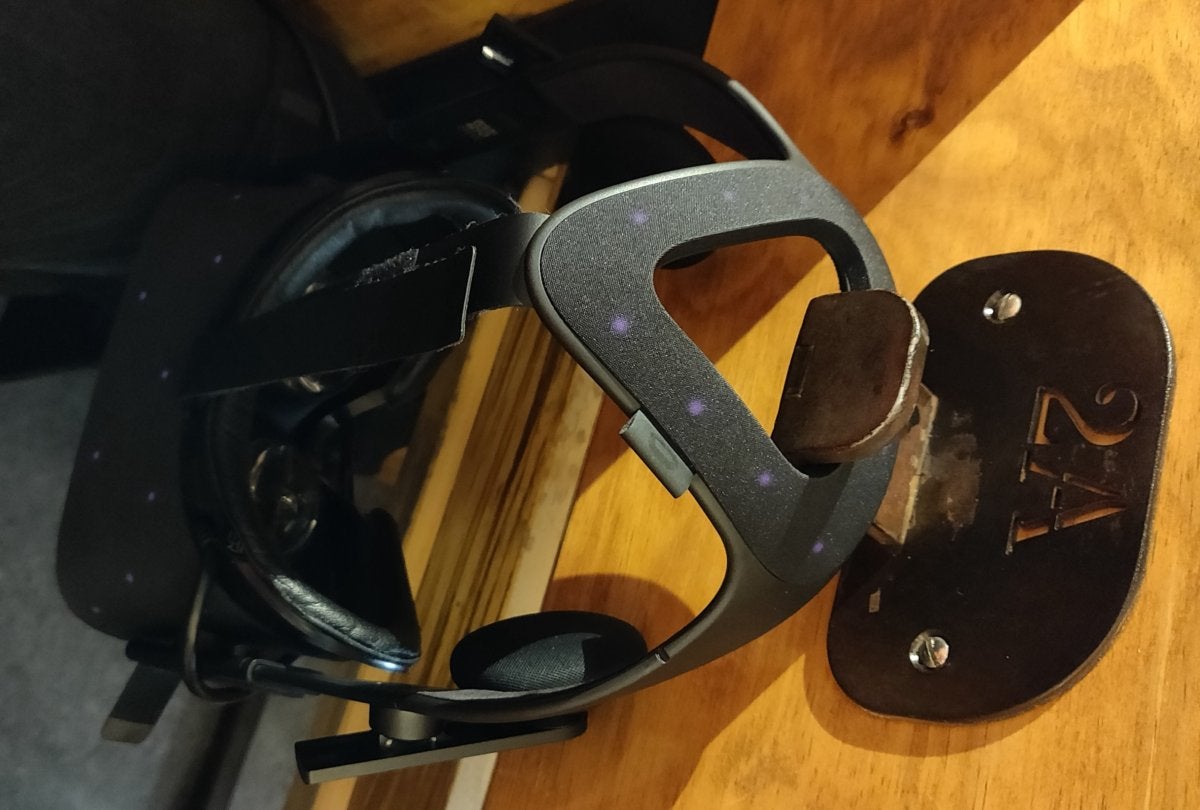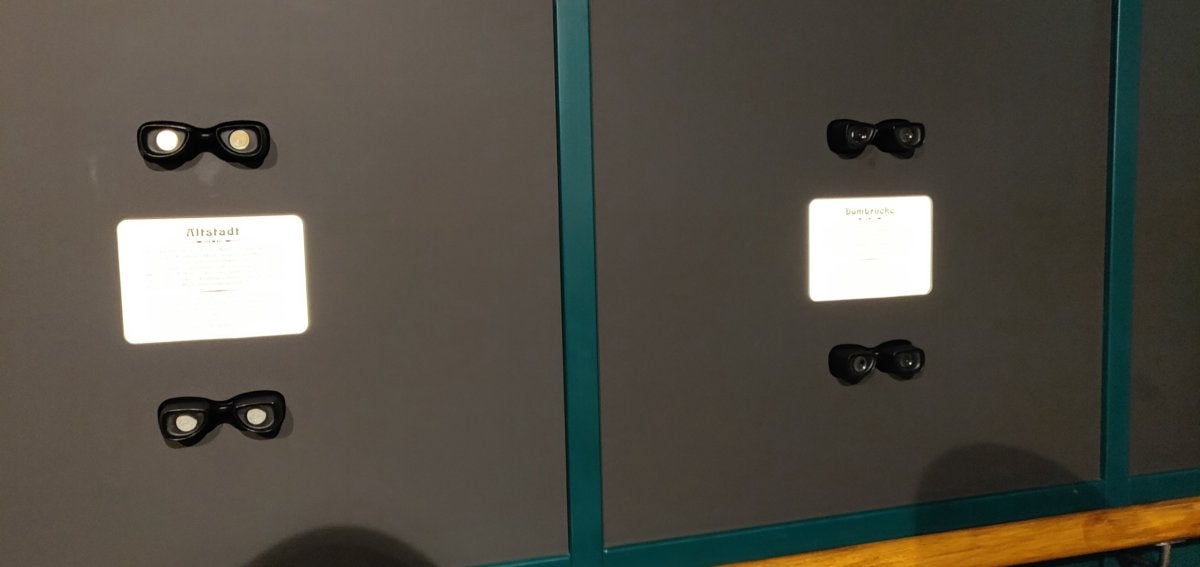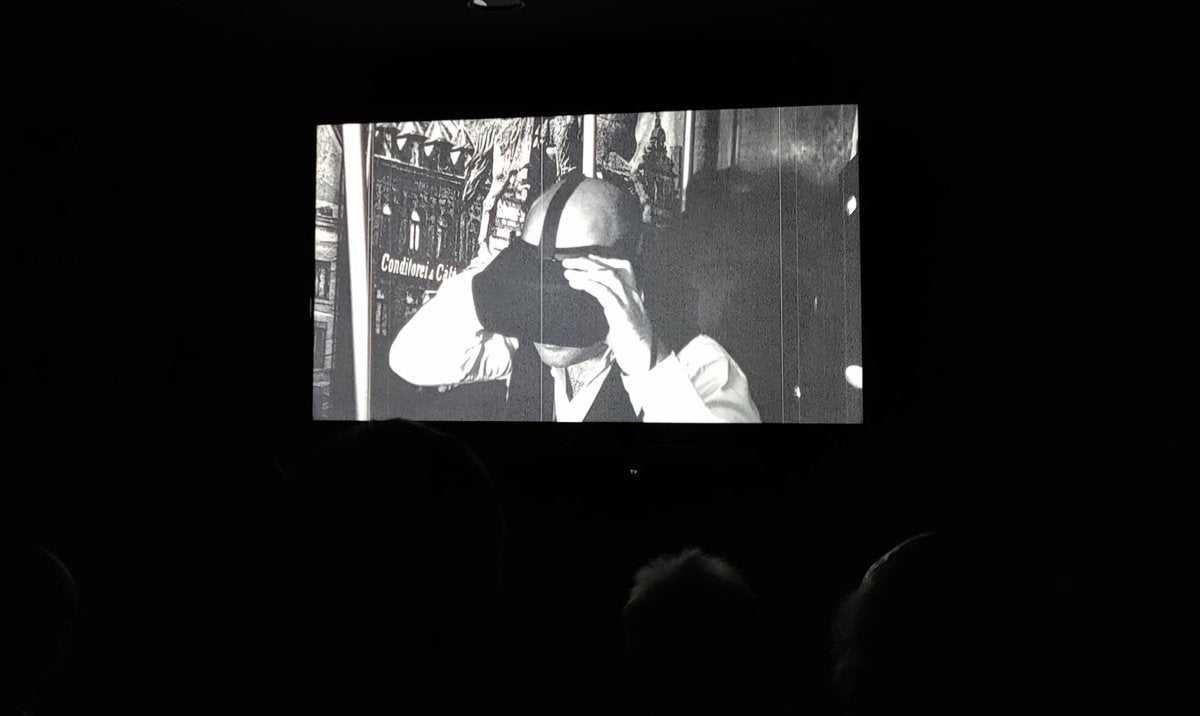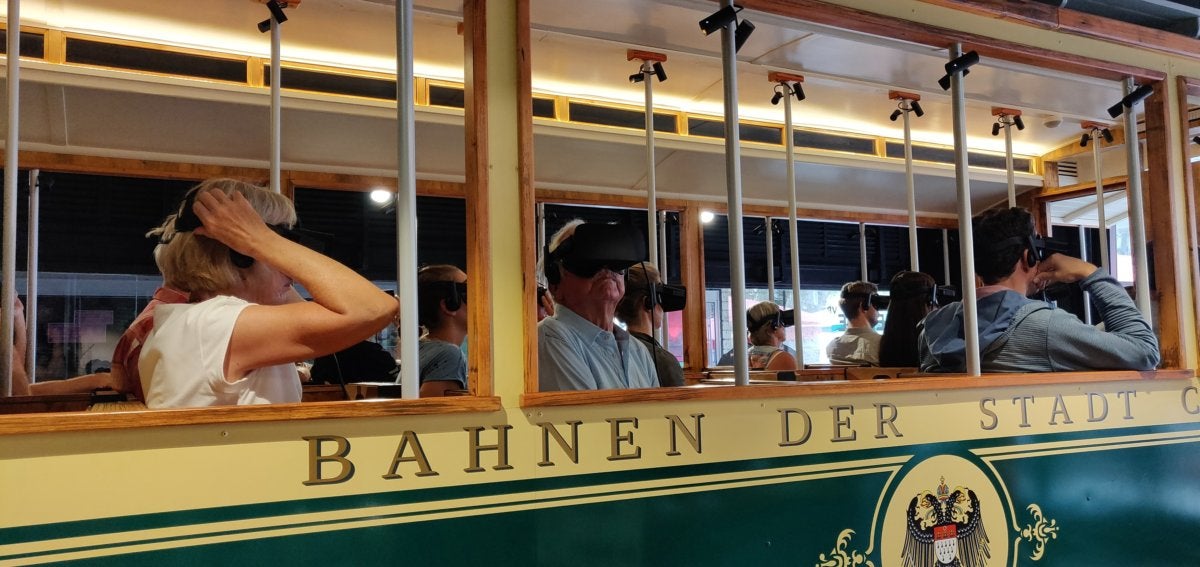TimeRide VR offers Gamescom visitors a fascinating virtual tour of Cologne’s imperial age - redmonprecalf
Gamescom's taking place in Germany this week, and both Brad Chacos and I are finished here to cover it—and, of course, to cover Nvidia's unused 20-serial publication graphics cards. Just while Brad was busy with that on Monday, I had the day free to front round Cologne water. I did the usual holidaymaker rounds, saw the throne, looked at the old Roman walls.
As I was panning crosswise Google Maps, though, I spotted something unique: "TimeRide VR." Of course I went.
Never too late
I've written quite an bit almost virtual reality and tourism, but unremarkably from the confines of my own flat. Google Earth VR, e.g., is a fantastic instrument. Slip on an Oculus Rift or an HTC Vive and you tail be anywhere, from San Francisco to Rio to Berlin to Tokyo. I've victimised information technology to visit famous landmarks, reawaken memories of old trips, and even to plan new vacations, altogether from home.
Just here I was in Cologne, already a tourist. TimeRide VR doesn't promise a trip finished place, simply sooner through time—to Cologne circa 1909, when information technology looked quite a scra different.
Cologne's actually the best-subject scenario for an attraction equivalent TimeRide. Like many German cities, Cologne was devastated aside World Warfare II bombing runs. The soaring spires of its famed cathedral were a fantastic landmark for Allied pilots, and the city center was practically leveled.
 IDG / Hayden Dingman
IDG / Hayden Dingman The outcome? Cologne now looks nothing like Cologne a hundred geezerhood ago. A some sections survived, mostly the churches and a handful of meticulously rebuilt plazas—including Alter Markt, the "Superannuated Market" where TimeRide is located. For the virtually part it's a city of the '50s and '60s though, with lots of concrete and metal, flat buildings with small windows.
Thus TimeRide and its VR suite can offer tourists a vision of Cologne water like no strange. It's fascinating! If you promised to render me Paris circa 1909, sure I'd comprise interested, but aside from the cars and the asphalt not a lot has changed there. But Cologne? The entire look and feel of the city is different.
So I post-free for my TimeRide ticket, 12 euros. Information technology's a trinity-part experience, though only when the last is in VR. The primary two parts seemingly exist largely to pad out your fourth dimension and make you feel like IT was money well spent.
 IDG / Hayden Dingman
IDG / Hayden Dingman The first is evenhanded a holding paddock with a vi stereoscopic pictures from the primeval 1900s—though the exhibit does make a point of educating visitors along the similarities between those early stereoscopic images and VR headsets today. "In optical device pictures they could view foreign people, cities far away and exotic places. Taking a trip to those places was unachievable for nigh people, and the kaiserpanorama [stereoscopic imaging machine] enabled them to look on the far side their personal backyards into the world." Sound familiar?
We were led into a small motion-picture show theater future, and this proved more useful. Hither, TimeRide rolled worn film footage of Cologne, both from the archaeozoic 1900s and from World War II. Witness, as charming tree-lined plazas and nonmodern-style houses conk out to bombed-out ruins, centuries of a urban center's phylogeny readjust to zero.
The movie theater also played a clipped clip instructing people on how to use an Oculus Rift. It was interesting: Fully ii-thirds of the people I saw at TimeRide were, I'd guess, in their 60s and 70s. I assume they'ray the all but likely to junction tour groups, and those hitch groups have much deal out with TimeRide, but nonetheless it was interesting to reckon a very different sociology from the wonted "VR Games" crowd together try on an Oculus Rift, likely in almost cases for the first time ever.
 IDG / Hayden Dingman
IDG / Hayden Dingman In whatsoever case, we past moved on to the VR portion. What astonished me most is it was good. I fully expected a janky cash-seize of an experience, and while TimeRide's budget certainly isn't happening a par with that ofUncharted or Red Dead, I was still impressed by the make that went into IT.
Like umpteen cities, Cologne had electric car streetcars in the early 1900s. We sat in a replication street car, and to each one unit was prepare to recreate your position on either the left or right side. The facts of life cable tramway also vibrated when it was "wiggling," and blew jazz in your face—stark, but effective haptic feedback. I'll say this: Nobody got sick.
It's tiresome to simply describe watching something in VR, so I'll try and keep it short. We rolled through the central tourist area in Cologne, down the waterfront, past the cathedral, and then up to the Old Market, seeing the country as information technology looked in 1909. IT was a lively recreation too, with hoi polloi walking upwards and down the street, police chasing a thief, a loaded man falling into the Rhine, and so on. Hand-motley signs marked bakeries and beer houses. The architecture was completely different, reminiscent of Bruges or other European cities that survived the two World Wars relatively unhurt.
 IDG / Hayden Dingman
IDG / Hayden Dingman Sure, thither are many axiomatic constraints. Whoever worked on this receive didn't fully model the cathedral, and it's same obviously pasted into the skybox. And hey, they're not going to win whatsoever awards for visual fidelity. Like a lot of these educational experiences, it looks like it was ready-made in Oneness with a shoestring budget.
The thought holds promise, though. Finishing the "ride" in Alter Markt, and then walking outside and seeing the aforesaid sites 109 years and some questionable computer architecture choices later o, it was fascinating. Intuitive too, I might add—much to a higher degree seeing a fistful of photographs in a museum and trying to piece together the same impressions.
Prat personal credit line
As always I'm left advocating for VR Eastern Samoa an educational medium. On that point are other VR experiences like TimeRide, including a bunch I'd urge that don't require, you know, flying to Cologne. Apollo 11 VR and Big VR are great, A are VR Battleship Yamato and Historium VR (the latter of which actually covers the history of Bruges).
Home-use VR has yet to set out, so I'd love to see more installations comparable TimeRide. VR arcades are great and all, and games are bound to remain a rive for the medium, merely a cooked informative experience proves its worth hundredfold over. TimeRide is a bit of a tourer trap, sure, but where are museums on this front? Why aren't we seeing them invest in confusable experiences? Imagine visiting—to pull in another example from Cologne—the Roman-Indo-Hittite Museum, seeing the ruins contained within, and so being able to walk around a extremity recreation of those streets two millennia ago.
As TimeRide puts it, "With virtual reality, we now cause the means to shut in happening the perfect illusion of time travel." Let's use it.
Source: https://www.pcworld.com/article/402455/timeride-vr-offers-gamescom-visitors-a-fascinating-virtual-tour-of-colognes-imperial-age.html
Posted by: redmonprecalf.blogspot.com

0 Response to "TimeRide VR offers Gamescom visitors a fascinating virtual tour of Cologne’s imperial age - redmonprecalf"
Post a Comment